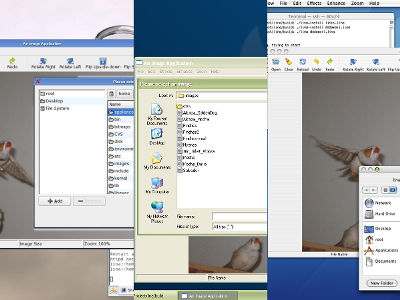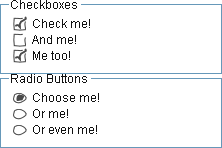'Is it really foss?' to check if it is truly 'free and open source'
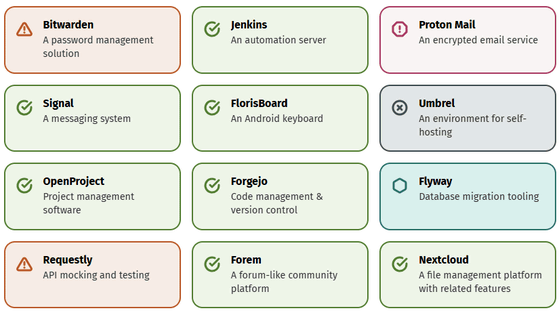
Even if a piece of software appears to be '
Is it really foss?
https://isitreallyfoss.com/
When you access 'Is it really foss?', the names of FOSS are listed in the order they were newly added, and each classification is displayed with an icon and color.
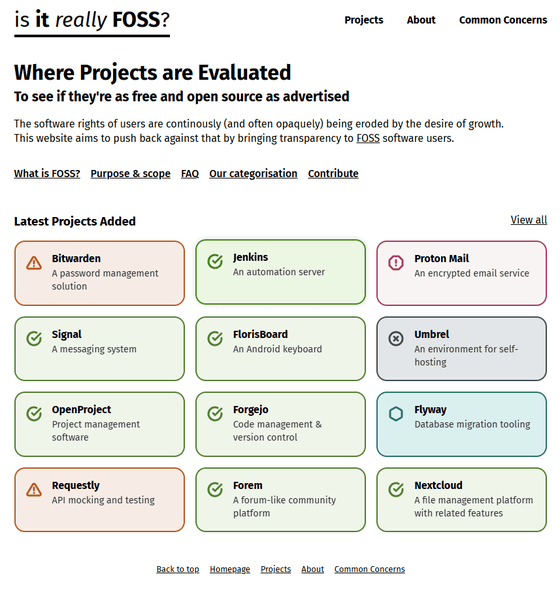
The classification is shown in five categories: 'Yes!' (FOSS), 'Partially!' (open core and partially FOSS), 'Issues exist!' (mainly FOSS but issues exist), and two types of 'Nope!' (not FOSS/not FOSS but FOSS-related licensing issues exist).
How we categorize projects - About Is it really foss?
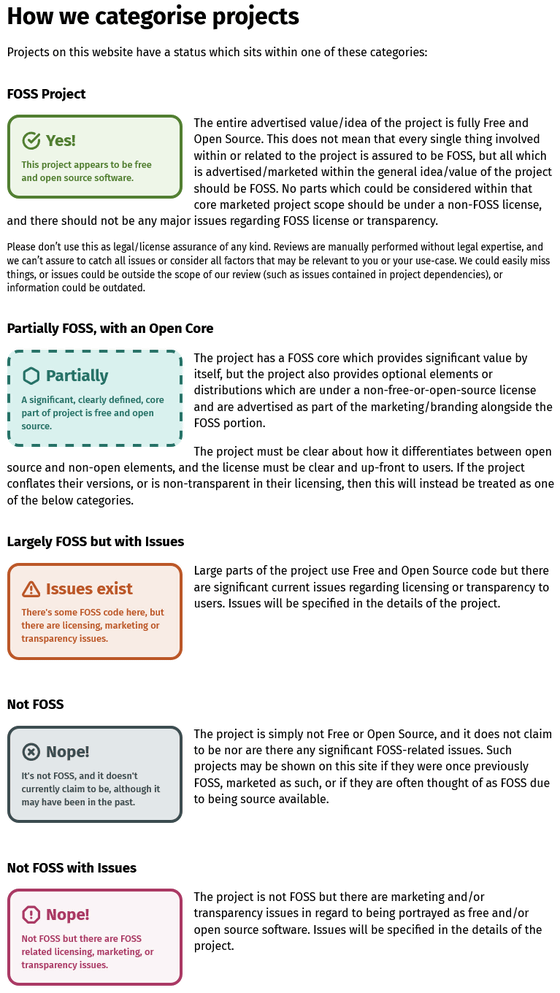
For example, Bitwarden , which calls itself an ' open source password manager ' on its official website, is classified as 'Issues exist.' The core of Bitwarden's main server is licensed under the open source AGPLv3 license, and the core of the client application is licensed under the representative open source GPLv3 license, but because each element contains non-FOSS code, there are restrictions on its use, modification, and distribution.
Bitwarden: Is it really foss?
https://isitreallyfoss.com/projects/bitwarden/
Also, Proton Mail, a well-known encrypted email service, has a GPLv3 license for its email client, but the service itself is not FOSS, so it's a no-go.
Proton Mail: Is it really foss?
https://isitreallyfoss.com/projects/proton-mail/
Related Posts:
in Software, Web Service, Posted by logc_nt
